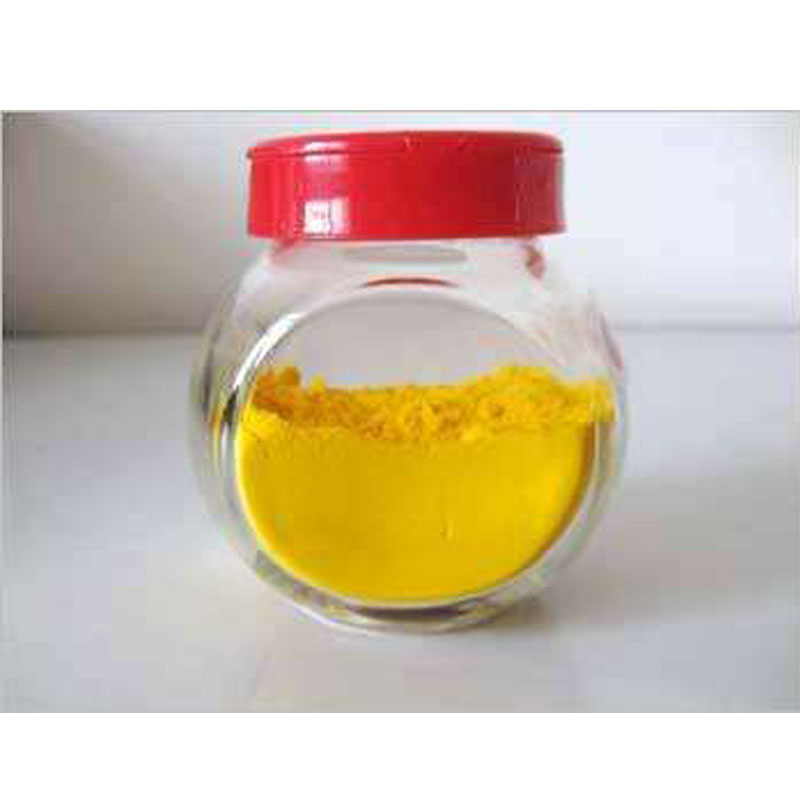- No. 268 Xianghe Street, Economic Development Zone of Xingtai city, Hebei 054001 China
- Byron@hbhongri.cn
cayenne and paprika
The Spicy World of Cayenne and Paprika
When it comes to spices, few can match the vibrant color and flavor profile of cayenne and paprika. These two staples not only enhance the visual appeal of dishes but also play a crucial role in elevating their taste. In this exploration of cayenne and paprika, we'll delve into their origins, uses in cuisine, health benefits, and how they compare against each other.
Origins and Varieties
Cayenne pepper, a type of capsicum, is native to Central and South America. Its fiery taste is well-known to anyone who has experienced its heat. Interestingly, it comes from a specific variety of chili peppers, typically dried and ground into a fine powder. The heat in cayenne is quantified using Scoville Heat Units (SHU), with its heat level typically ranging from 30,000 to 50,000 SHU.
On the other hand, paprika is derived from various types of Capsicum annuum peppers, primarily grown in Hungary and Spain. It can range from sweet and mild to hot and smoky, making it a versatile spice in many culinary traditions. The different varieties of paprika, such as sweet, smoked, and hot, originate from the specific type of pepper used and the drying process it undergoes. The heat level of paprika is generally much milder than that of cayenne, often falling between 100 to 1,500 SHU, which makes it a more forgiving option for those looking to enhance flavor without overwhelming heat.
Culinary Applications
Cayenne pepper is beloved in many dishes requiring a kick, often used in sauces, soups, and rubs for meats. It complements a variety of cuisines, from spicy Cajun dishes in the American South to Thai and Indian recipes that celebrate heat. It can be used sparingly to add depth or more liberally for those who enjoy an intense spice experience.
cayenne and paprika

Conversely, paprika finds its place in dishes that benefit from a touch of color and an earthy flavor. It is a key ingredient in classics like Hungarian goulash and Spanish patatas bravas. Besides its use in cooking, paprika is also often employed as a garnish, giving dishes a striking red hue that captivates the eye. Its mild flavor profile means it can be used in abundance without overwhelming the palate, making it an excellent choice for seasoning meats, vegetables, and even deviled eggs.
Health Benefits
Beyond their delightful flavors, both cayenne and paprika come with a host of health benefits. Cayenne is notorious for its potential to boost metabolism, improve digestion, and reduce inflammation. The active compound, capsaicin, is known for its pain-relieving properties, making cayenne a favorite among those looking to natural remedies for ailments like arthritis.
Paprika, rich in vitamins A, E, and B6, brings anti-inflammatory and antioxidant properties to the table. The carotenoids found in paprika, particularly lutein and zeaxanthin, are beneficial for eye health. Moreover, both spices possess antimicrobial properties, which can aid in preserving foods and supporting overall health.
Conclusion
In summary, cayenne and paprika are two remarkably distinct yet complementary spices that deserve a prominent place in any kitchen. Their unique flavors, vibrant colors, and health benefits make them invaluable for cooks and health enthusiasts alike. Whether you're looking for an intense heat to energize your dishes or a mild flavor to enhance your meals' richness, both spices serve as essential tools in the culinary world. So next time you reach for the spice rack, consider how cayenne and paprika can transform your cooking experience.
-
Turmeric Rhizome Powder: A Golden Treasure from Roots to TableNewsJul.28,2025
-
The Versatile Application Of Crushed Red Hot Peppers: Lighting Up The Red Flames On The Dining TableNewsJul.28,2025
-
The Paprika: A Touch Of Vibrant Red In Color, Flavor, And CultureNewsJul.28,2025
-
Ground Turmeric: A Modern Examination of an Ancient SpiceNewsJul.28,2025
-
Capsicum Liquid Extract: Features, Applications, and ChallengesNewsJul.28,2025
-
Application of Capsicum Liquid Extract in FoodNewsJul.28,2025







